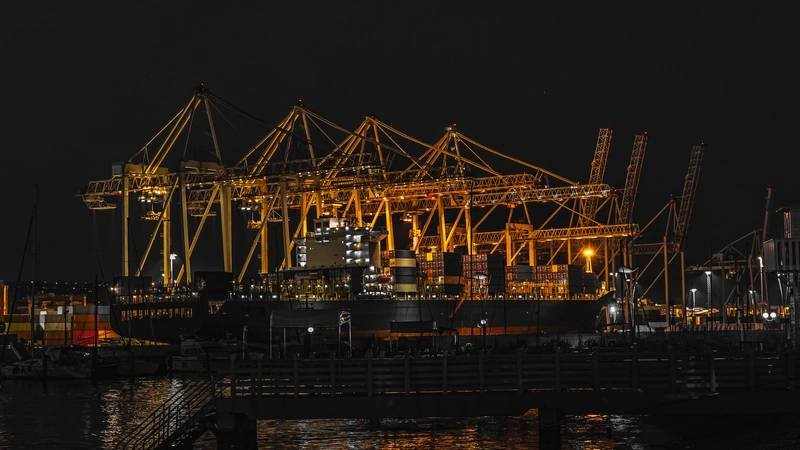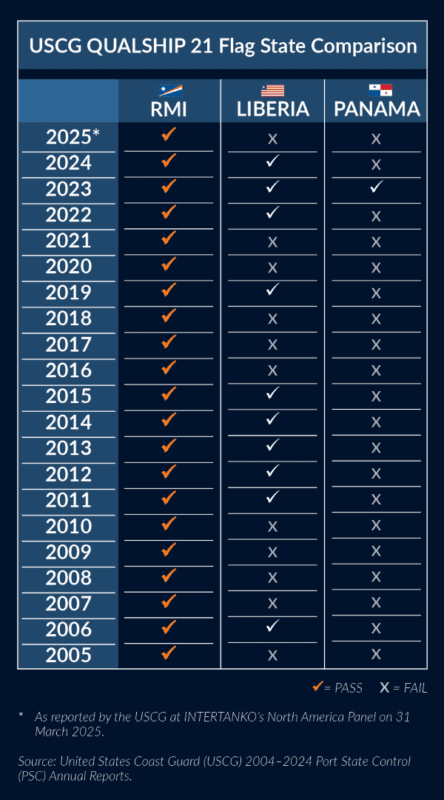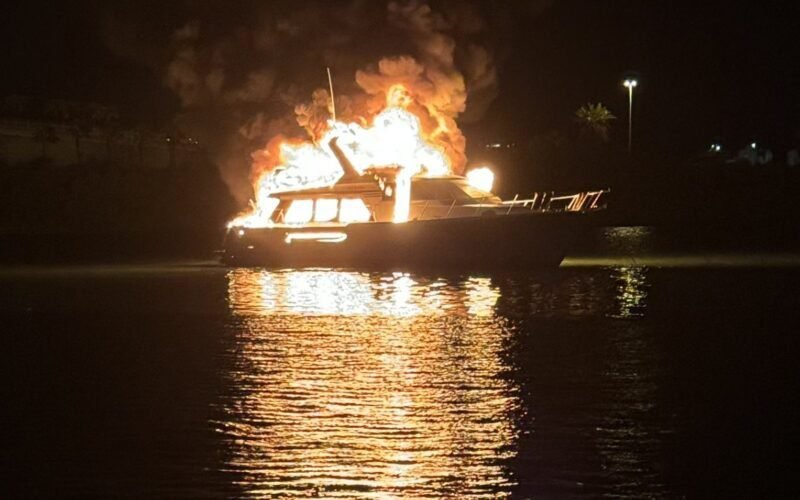As the maritime industry moves towards electrification, the U.S. Coast Guard Research and Development Center (RDC) has raised alarms about the dangers of lithium-ion batteries, crucial for hybrid and electric vessels. Their April 2025 report, “Lithium Battery Fire Hazards in the Maritime Environment,” outlines the risks and challenges associated with lithium battery fires at sea, providing recommendations for operators and responders.
The number of battery-powered vessels has surged from 142 in 2017 to over 1,000 in 2024, with many more on order. These vessels, including ferries and support ships, often transport electric vehicles equipped with high-energy lithium batteries that can lead to thermal runaway—a dangerous chemical reaction resulting in fire or explosion. The RDC notes that lithium-ion batteries make up about 99% of maritime energy storage systems, offering high energy density but posing significant hazards when mishandled.
Fighting lithium-ion fires requires specialized tactics, as traditional methods are often ineffective. The RDC emphasizes the importance of rapid cooling to prevent re-ignition and recommends using large quantities of water to manage thermal propagation. Additionally, even after a fire is extinguished, damaged batteries can pose ongoing risks, necessitating careful monitoring and disposal by qualified teams to ensure safety.












